Mammillaria Carmenae Cactus plant
₹149.00
In stock
Mammillaria Carmenae Origin and Habitat: Mammillaria carmenae has a very small range, Between Ciudad Victoria and Iaumave, Tamaulipas, Mexico, Northern America. The extent of occurrence is less than 100 km².
It was originally found by Marcelino Castañeda in 1953 near the La Reja ranch, but it was soon lost in cultivation after its description until 1977, when it was rediscovered by Alfred Lau. It is known from two contiguous localities that can be treated as a single location. The estimate for the species abundance at the only known locality is 71 individuals/23 m², and the population is decreasing.
| Number of plants | 1 |
|---|---|
| Growing month | Feb to Oct |
| Temperature | above 30C |
| Sun | Under white shade net |
| Blooming period | spring |
Habitat: The species grows in pine forests, in crevices in north-facing rocks. The Mammillaria carmenae is in danger of extinction in the wild. There is a continuing decline in the number of mature individuals as well as the extent of occurrence and area of occupancy due to illegal collection.
Aparajita double blue grows in the same weather condition
Mammillaria Carmenae Description: Mammillaria carmenae is a small solitary or clustering cactus with globose stems, the areoles with about 100 cream radial spines; white or pink-tinged flowers 1cm in length are borne towards the apex of each stem in spring and summer.
Stems: Globose to ovoid, 4-10 cm high, 3-5 cm in diameter. Without latex.
Tubercles: Conical. Axil: Woolly and bristly.
Mammillaria Carmenae Radial spines: More than 100, soft, fine, flexible, star-like, white or pale yellow (or gold), up to 5 mm long.
Central spines: There are no central spines.
Flowers: Diurnal, (usually) creamy white to pink or pale pink with pink-tinged midribs, up to 11 mm long.
Mammillaria Carmenae Blooming season (Europe): Plants bloom at the same time in late winter-early spring, and are very generous with their flowers.
Fruits: Greenish.
Seeds: Black.
| Color | Pink |
|---|---|
| Growth Pattern | Globular |
| Hybrid or Open Pollinated | Op |
| Ideal location | partial sun with white net |
| Origin Country | India |
Be the first to review “Mammillaria Carmenae Cactus plant” Cancel reply
You must be logged in to post a review.

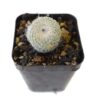



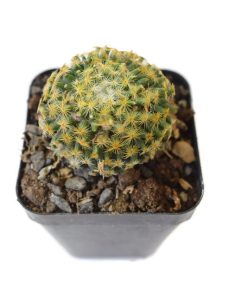
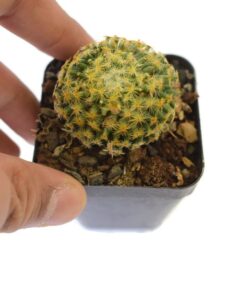
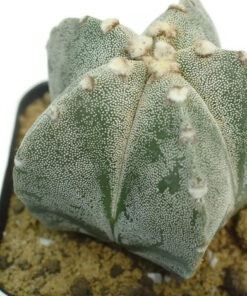

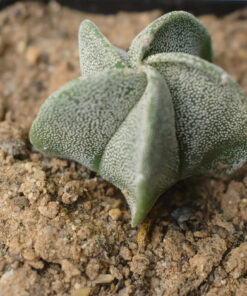





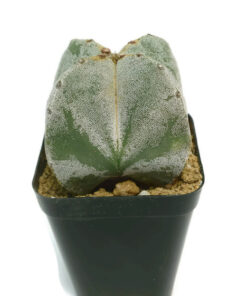

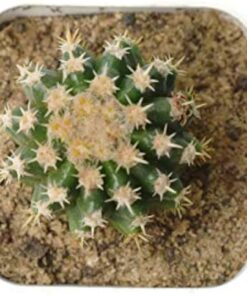


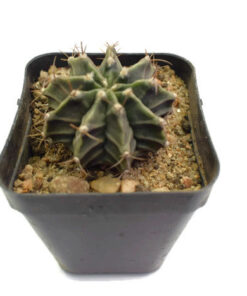

Reviews
There are no reviews yet.